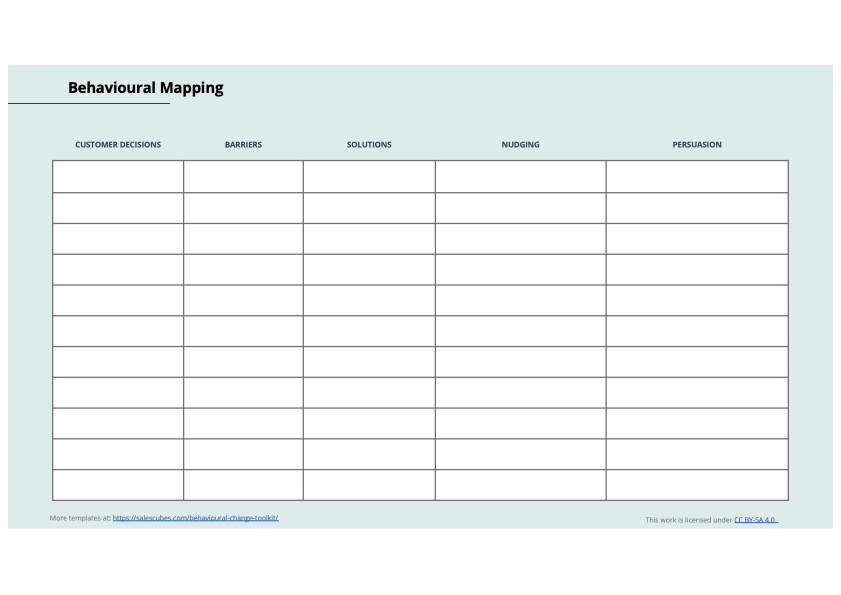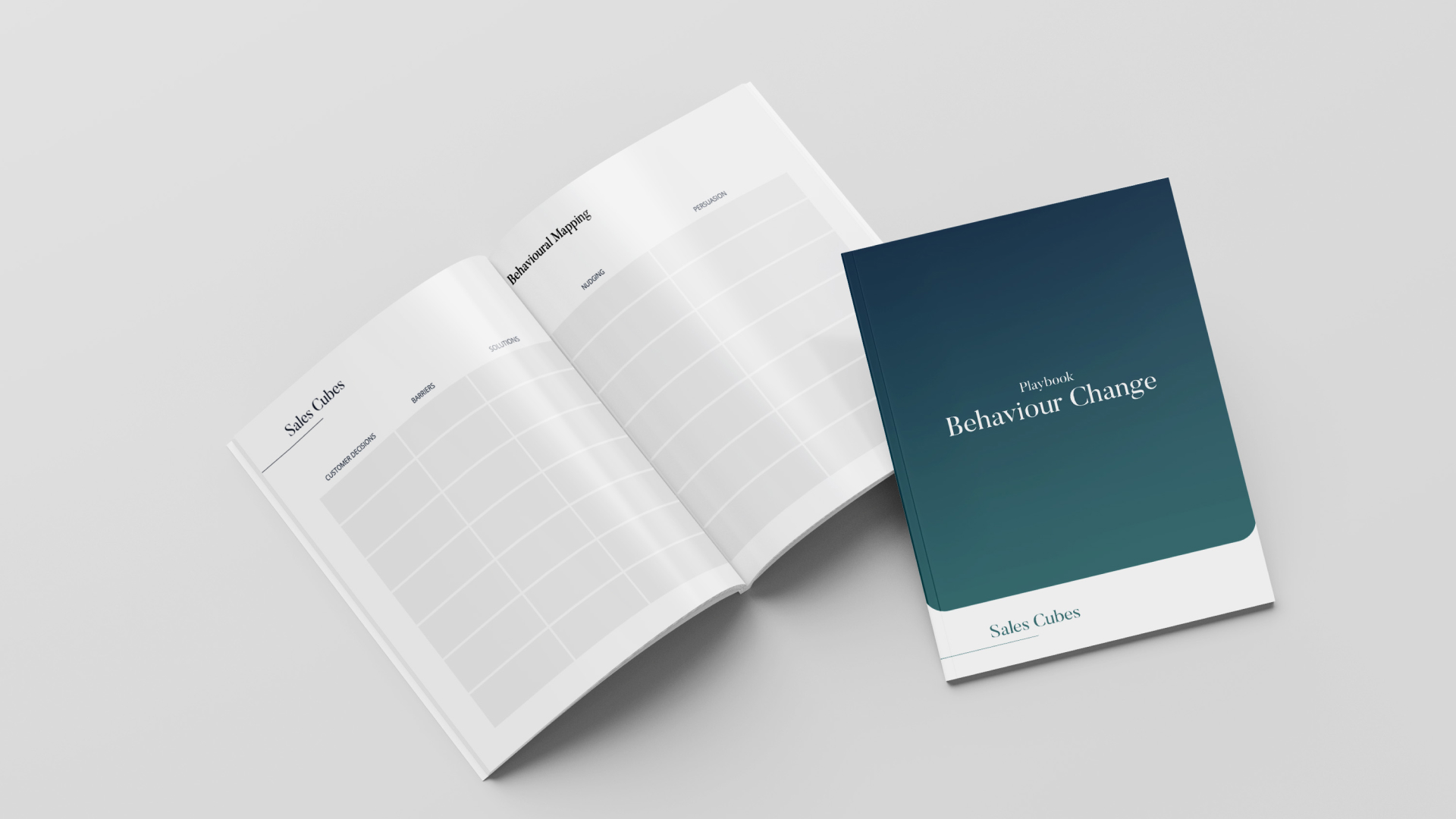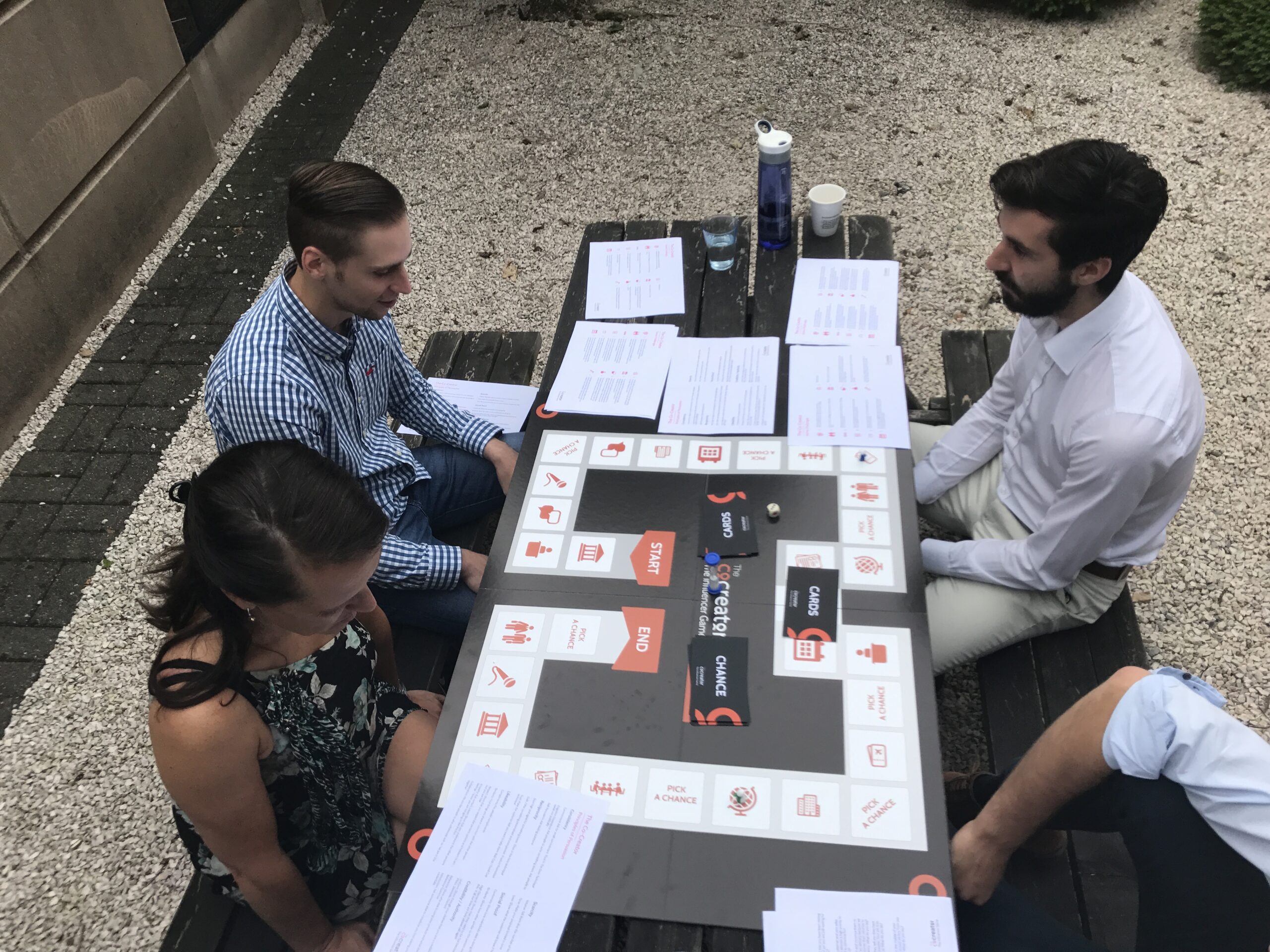What is it?
Behavioural Mapping is a methodical approach used to dissect and understand the steps involved in a specific behaviour or process within an organisation. Behavioral Mapping differs from customer journey mapping by examining the behaviors and decisions of individuals or groups in a process, rather than just focusing on the customer’s experience with a product or service. Its goal is to understand why certain actions or processes don’t happen as expected, by identifying the obstacles and drivers at each stage.
Behavioural Mapping serves several purposes:
-
- Identifying Breakdowns in Processes: It helps pinpoint where and why people deviate from or abandon a desired behaviour or process.
-
- Enhancing Training and Development: By understanding these breakdowns, organizations can tailor training programs more effectively.
-
- Improving Compliance and Efficiency: It aids in modifying processes to ensure better compliance and efficiency.
-
- Change Management: It’s instrumental in change management initiatives, helping to understand resistance or obstacles to change.
Application:
This tool is particularly useful in scenarios such as:
-
- Implementing New Processes or Behaviours: When introducing new ways of working or behavioural expectations.
-
- During Organizational Change: To understand how individuals adapt to change and where they struggle.
-
- In-Process Optimization: To refine existing processes for better efficiency and effectiveness.
Process:
Step 1: Define the Target Behaviour
Clearly outline the behaviour or process you wish to map. This is normally the target behaviour you wish to implement. Hint: We often describe the target behaviour as a result such as, we want our salespeople to sell more of our new product. That is NOT a behaviour. Make sure you formulate the target behaviour as a behaviour.
Retail Example: :
We want our people who are shopping to walk into our shop and purchase some of our products.
Step 2 Map the Steps
Break down the behaviour or process into a sequence of decisions .
Example:
-
- Decision to enter the shop.
- Decision on which sections to browse.
- Decision to try on clothes
- ….
Step 3: Identify Barriers
At each step, identify what factors prevent the desired behaviour or process completion. In other words, why would the customer decide not to pursue the process?
Example:
-
- Uninviting store front or lack of clear signage.
- Confusing layout or overwhelming selection.
- Inconvenient or poorly maintained fitting rooms. Long waiting line in front of the fitting room.
- ….
Step 4: Formulate a Solution
For each of the barriers think of what would the right solution. What would you need to overcome each of the barriers?
Example:
-
- Attractive, welcoming storefront with clear signage.
- Logical, easy-to-navigate layout with well-signed sections.
- Accessible, clean, and well-equipped fitting rooms with no visible waiting line.
- ..
Step 5: Develop Interventions
For each of he solutions you defined think about:
- What can I change in the environment that will make the customer make the right decision? In other words which Nudging techniques can we use to influence the behaviour of our customers?
- What can we say that will influence the customer in making the right decision? In other words, which Persuasion techniques can we use to influence the behaviour of our customers?
Example:
- Offer a glass of wine or champagne to welcome your customers in your store. (Reciprocity)
- Open the door to customers, greeting them and inviting them into your store. (Liking)
- Leave the doors open to influence people to enter your store (Ease and Convenience)
- ….
Tool:



